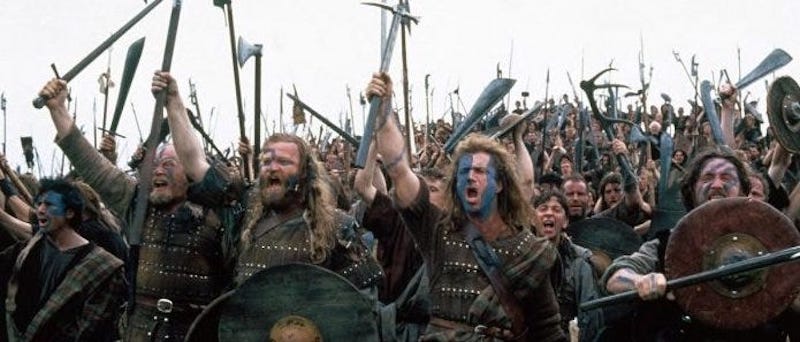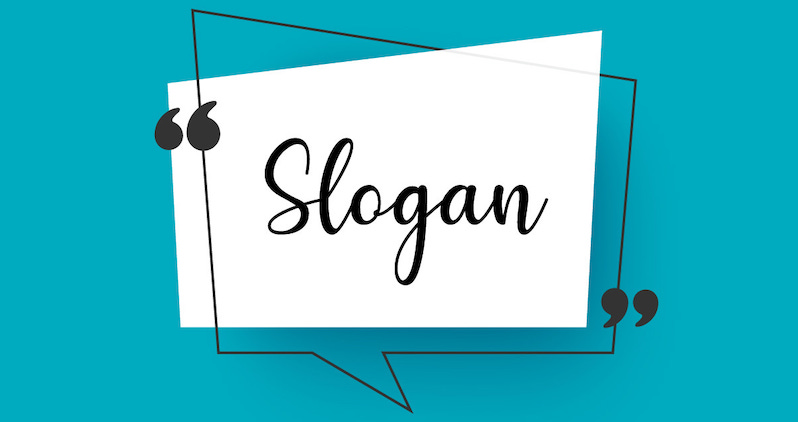There are two types of memory: short-term and long-term memory. You already know that, right?
As it turns out, if you said “yes”, you’re wrong. It was a trick question.
There are actually seven types of memory. Long-term memory has 5 memory sub-categories that aren’t widely recognized (explicit, implicit, episodic, semantic and procedural). I’m not going to talk at all about those here, but I just wanted you to have this information so you can bring it up at your foo-foo gatherings and sound like an intellectual. You’re welcome.
That aside, let’s talk about short-term memory before I forget.
(See what I did there?)
Short-term memory is the type of memory that holds information in the mind without storing it, but keeps the information available for a short period of time – 18 seconds on average.
In 1956, Harvard professor George Armitage Miller (who has a truly awesome middle name) published his findings from an experiment that came to be known as Miller’s law. What Georgie found is that the average human can hold between 5 and 9 items in their short term memory. He called this “The Magical Number Seven, Plus or Minus Two”. He was a very literal man, not so much for the creative titles.
Further experiments have proven Miller’s Law to be accurate and it has been found that the average number of items retained in short term memory is 7.3. This is very important for a number of reasons, only one of which I want to talk about right now.

The Battle Cry
Slaugh-ghairm is an old Scots Gaelic word meaning “battle cry”.
Remember the Mel Gibson movie, “Braveheart” and all those battle scenes when he and his boys would be running towards the enemy screaming their heads off with an “aaarrrrggghh” or “yaaaarhhh” or some such random nonsense. In real life, those warriors running into the fight would often yell a specific battle cry, usually their clan name or the town they come from. That was their slaugh-ghairm.
Like when I run into battle I always scream “WOOOOOOG!!” That slaugh-ghairm usually scares the living bejesus out of my enemy. Or at least it gets them confused wondering who or what is a Woooog and why is he yelling it – at which point I surprise them and win the fight.
In the 1670s, the English adopted the word as “slogan” and within 50 years it began to be used off the battlefield (first use was in the political realm).
Slogans are now the battle cry for brands. As it turns out, their purpose is the same as the original slaugh-ghairm: combining emotion with a name.
MVVS
Company leaders often talk about mission, vision and values (MVV) as critical to a company culture and positioning. They are correct. It doesn’t matter your role at a company, you should understand the mission, vision and values as those are critical to your success and that of the organization.
However, I feel like MVV is missing something. Specifically an ‘S’: mission, vision, values and slogan.
Before a company creates a slogan they need to define their mission, vision and values (in that order). I’m going to ignore the MVV at this point and focus on the slogan, if you don’t mind. I’ll assume your company already has the MVV in place.

A company slogan is an important element in the external positioning of the organization. If done correctly, it will be the link between your offering and the emotion you want to impart. Remember, emotions are the bedrock of brand loyalty. (I’ll talk about that more in my next piece)
Slogans have a very defined purpose and structure. A successful slogan does 4 critical things:
- Represents the brand offering
- Is memorable
- Creates a desire
- Stands out from the competition
I wrote a different piece about the power of a good slogan. You should read that here.
The Magic Number 7
Slogans like “Just Do It” and “The Happiest Place on Earth” are extremely valuable because they stay true to the four elements of a successful slogan: they represent the brand, they’re memorable, they create a desire and they stand out.
Which brings us back to our friend George Miller and the Magic Number 7.
For a great slogan to be memorable, it needs to be short. Thanks to our learnings from Professor Miller, we know that keeping a slogan less than 8 words allows it to stay in both short and (hopefully) long-term memory. By being succinct, you impart simplicity in what could be a complex offering.
BMW is a very sophisticated company with sophisticated technology in their automobiles, catering to a sophisticated consumer (or, rather, a consumer who wants to feel sophisticated). “The ultimate driving machine” takes all that sophistication, including the customer psyche, and wraps it up into a 4-word package that oozes emotion and desire.
Interesting, right? I thought so too.
Do you have a slogan? Does it meet the four criteria above?
Drop your slogan in the comments and give me your own analysis of it.
Now go read this piece about why a slogan is important and best ways to create a slogan.
